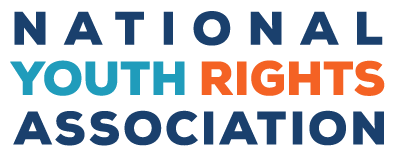When we discuss youth rights we tend to do it from the default perspective of someone in an urban or suburban community. For those who spent their youth in such communities, this bias is understandable if nonetheless problematic. However, even for those of us raised in rural communities, it can be easy to forget (especially if we no longer live there) that the issues faced by rural youth are not necessarily the same as those faced by youth in other places.
The youth oppression I and many other rural youth experienced growing up was distinctively rural in character. To speak about ageism and youth oppression as if they are divorced from particular geographic and cultural realities is a grievous error and it is one we must not make if we truly care about liberation for all youth and not just those that are already most privileged.
For example, I had never thought about the issue of curfews before becoming involved with NYRA. Curfews are a serious and important issue. I have sought to educate myself on the topic and would encourage anyone with a serious interest in youth rights to do the same. But for young people in communities like the one I lived in before I went to college, curfews are not a significant barrier to their liberty. For these young people, a lack of public transportation and few businesses or hang out spots within walking distance mean that the most pressing concern for youth mobility would be lowering the driving age and making cars, car insurance, and gas more affordable for young people. All too often, environmentalists among others inadvertently inject an anti-rural people bias into their work when they speak about how people should be penalized for driving too much. Similarly even youth rights luminaries like John Holt and Richard Farson inject an anti-car sentiment into their work that betrays a lack of consideration for people for whom driving long distances often is their only way to access much of anything. We must not assume that all youth lives in communities that look like ours.
Another subject near and dear to the hearts of many youth rights activists, myself included, is the topic of educational choice. However, this looks very different when envisioned in Los Angeles or New York City than it does in communities like the one I am from. Any significant attempt at school choice would have to involve some sort of busing scheme. While turning local youths loose with vouchers may be enough in many urban and even suburban areas, it is not enough to ensure real access to educational choice for rural youth.
Finally, most rural people of all ages have more comfort with seeing young people use firearms than even most youth rights supporters I know from the coasts. Many young people hunt with their families from an early age, with the food they hunt often forming a significant part of their family’s diet. Discomfort with talking about this reality betrays the lack of real understanding that urban and suburban people have about rural life. For rural young people, Second Amendment rights are important youth rights woven into the fabric of their daily lives.
There is much more I could say about reimagining youth rights from a rural perspective and I will probably do so at some point in time. However, I submit these items for consideration because I believe that it is always important to visualize issues such as youth rights not solely from the perspective of people at the center of our activism but also people at the margins. If youth rights doesn’t mean liberation for rural youth, I have no place in the movement and neither do many others. It is important to continually challenge ourselves to truly embrace and accommodate the diversity of youth experiences.






It could easily be solved if we went back to having all things within walking or riding distance.